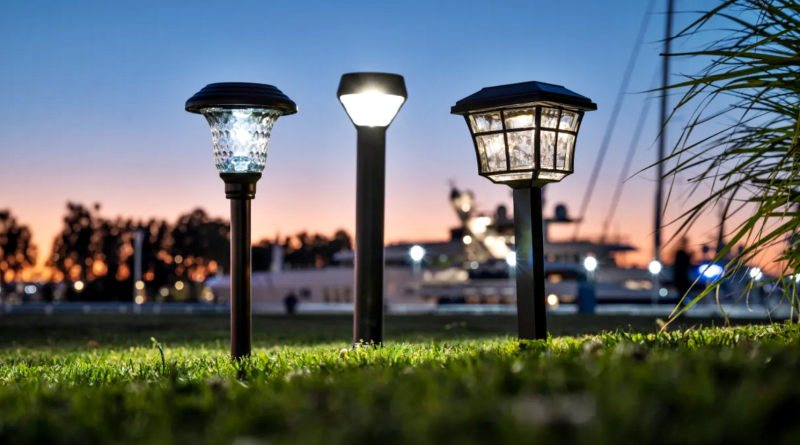How to Make Sure Your Outdoor Solar Lights Last
Have you just purchased new outdoor solar lanterns and lights to spruce up your garden, patio, and other outdoor spaces? Do you wonder how long they usually last and if they require some special care and maintenance to last longer?
Solar light systems have become more widely used in recent years because of the long list of benefits they offer. Whether for indoor home use (example: ceiling LED solar lights), outdoor use (example: outdoor solar lanterns), or commercial use (example: solar security lights), they offer a long list of benefits, including:
- Reduced electricity bills – As they are powered by sunlight instead of electricity, they can cut down on your electricity expenses.
- Safety – There is no risk of overheating and accidents due to exposed wires, cords, and outlets on the ground.
- Minimal carbon footprint – They are environmentally friendly because they do not emit carbon and other greenhouse gases that negatively impact the earth.
- Cost-effective – While they are an upfront investment, they pay off in the long run.
- Variety – There are indoor solar lights (example: ceiling LED solar lights), outdoor solar lights (example: outdoor solar lanterns), commercial solar lights (example: solar security lights), and more, and they offer different designs, shapes, sizes, colors, lumens, panel types, battery types, battery storage capacity, run time, charging time, etc.
Because of these key benefits of solar lights, they should be taken care of to last for a long time. What are some important tips that you need to know to make sure that your outdoor solar lights will always work properly and not get damaged?
Clean the panels
Over time, debris can collect on the surface of your solar panels and prevent them from properly absorbing sunlight. To avoid this kind of situation, you should clean the panels often. You might think that a thin layer of dust is not something to be concerned about, but it can actually cause your solar system to take longer to fully charge. With soapy water and a clean, soft cloth, gently wipe the panel surfaces. For hardened mud and debris, you can use a soft-bristled brush.
Prune and trim trees, shrubs, and plants nearby
Your solar light panels will need as much sunlight as possible to get a full charge, so they should get direct and unobstructed access to the sun. If there are trees, shrubs, and plants near your lights, you need to regularly prune and trim them so that they do not block the sunlight.
Inspect the batteries for rust
One possible reason why your outdoor solar light batteries may not achieve 100% charge even during bright and sunny days is rust or corrosion on the batteries. To find out if that is the case, you should open your solar light fixtures to get to the battery housing. Take the batteries out and inspect them or the housing for white or brown flaky layers or dust. If they are only mildly corroded, you can try removing the corrosion using a soft-bristled brush or fine-grit sandpaper. Severe corrosion calls for battery replacement.



